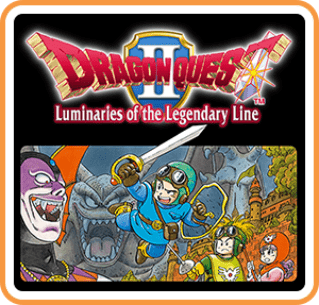Square Enix has really been going all-in with the Dragon Quest franchise recently. After the release of Dragon Quest Builders 2, it felt like there was little time to breathe before the heavy marketing campaign for Dragon Quest XI S: Echoes of an Elusive Age – Definitive Edition began. We even got the inclusion of four Dragon Quest heroes in Super Smash Brothers Ultimate. Topping things off with the release of Dragon Quest XI S, Square Enix has decided to bring the original Dragon Quest trilogy to the Nintendo Switch. These remakes may not be perfect in every way, but the original trilogy showcases how the Dragon Quest franchise earned its place in the foundation of gaming history.
The original Dragon Quest released in 1986 in Japan and in 1989 in North America under the name Dragon Warrior. Dragon Quest II released in 1987 in Japan and 1990 in America, only a year later in their respective countries. The final game in the trilogy was released again the next year in japan, but western audiences wouldn’t see this title until 1992. Together, the trilogy tells the story of a legendary hero known as Erdrick and his descendants, fighting against evil as it overtakes the world.

The Switch remakes of these games are based on the mobile ports released in recent years. They sport many of the upgrades found in those, such as enhanced graphics, orchestrated soundtracks and re-written scripts in order to make them more in line with modern Dragon Quest titles. While the new graphics can be considered more than just a step up from the NES original graphics, they aren’t perfect. Character sprites have been somewhat smoothed out to appear less pixelated, but as a result, they sometimes contrast with the pixelated maps they exist on. The changes I’m more conflicted about, however, are the redone monster sprites. Unlike the mobile ports, the Switch remakes have redone all the monsters to appear more like their key artwork, and the result is a mixed bag. While I love being able to enjoy Akira Toriyama’s artwork to full effect, there’s an out-of-place feeling that goes along with it, as if I’m looking a JPEGs slapped directly on top of the original sprites. It would’ve been nice to see a return to the animated attacks found in some of the Super Famicom and even Gameboy remakes of the games.
The first game in the series (now titled in the west as Dragon Quest), properly lays down what we now consider the basics of a JRPG, and as expected, follows a simple storyline. You take on the role of Erdrick’s descendant and are sent out into the world to defeat the evil Dragonlord. It’s mostly a straightforward adventure with no real twists or turns, but the journey itself is still charming enough. With only one party member, Dragon Quest never has players facing off against more than one enemy at a time. This means that outside of a few of the tougher battles, there isn’t much strategy beyond performing basic attacks and having the endurance to survive the duel.
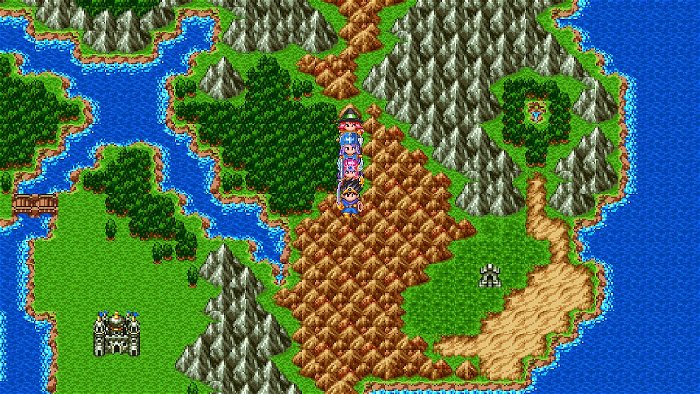
This is generally where the grind elements of Dragon Quest rear their head. While not too extreme compared to the original release, gold and experience points will need to be farmed through fighting enemies if players have any hopes of defeating the Dragonlord. While I enjoyed my time with it, I wouldn’t recommend the original Dragon Quest as someone’s entry into the series. It is worth a look for anyone interested in revisiting gaming past, especially since the game itself is only about ten hours long.
Dragon Quest II: Luminaries of the Legendary Line takes a lot of steps towards becoming what we’re now accustomed to with JRPGs, but also shows us some of the hurdles that needed to be overcome. Years after the first game, players are now placed in the shoes of a descendant of the hero from the original Dragon Quest. This new hero, a young prince, is tasked with defeating an evil wizard named Hargon and stopping him from summoning the demon known as Malroth. Its immediately clear from the game’s opening moments that there’s a much more relevant story this time around. It still isn’t the deepest plot, but there’s a lot more to it at least. In addition, the world is now greatly expanded in comparison to the first game. In fact, the entirety of the first game’s map makes up only a small part of Dragon Quest II’s world.
The second largest change affects the battle system. Unlike the first game, players now form a party of three characters, which means that multiple enemies can be fought at once. This adds a lot to the diversity in battle, but creates a few problems as well. New characters join your party at level one and need to be caught up if they’re going to be of any use. This essentially triples the grind of Dragon Quest II, something that wasn’t necessary for a game that’s already at least twice as long in length as its predecessor.
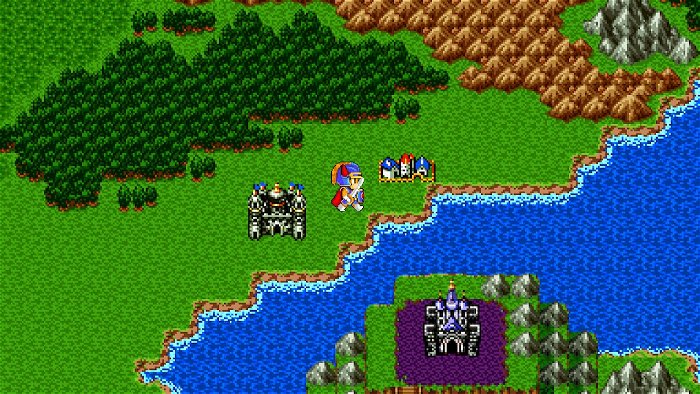
A small change that helped me appreciate the newer graphics more is the wider battle screen. With the enemy sprites slightly shrunken down, they appeared to fit more into the backgrounds they’re placed onto. Dragon Quest II definitely feels like more of a proper game than the first entry will to most players, but it still has slight design flaws that will throw off the difficulty balance if players aren’t prepared to deal with them.
The last game in the trilogy, Dragon Quest III: The Seeds of Salvation, changes things up so that it’s hard to believe that it was originally released only a year after the second game. The story starts off on the hero’s sixteenth birthday, when the king calls upon them to defeat the archfiend Baramos after learning that the hero’s father has already lost to the beast. Unlike the first two entries, the plot takes a few turns that I won’t reveal in this review to keep from spoiling those who haven’t experienced it.
Dragon Quest III contains nearly every feature that the Dragon Quest series has become known for. Players can create their own party of four characters, customizing their names, classes and base stats which will determine their personality and growth rates. Classes and personalities can also be changed later to help players create their ideal teams. The visuals of Dragon Quest III have also changed to make the third entry the best looking of the remakes. Like the visual changes to Dragon Quest II’s battle screen, more of the map is made to fit on screen, this time shrinking all of the game’s sprites down to give them a slightly crisper image. The world map is slightly larger than the last game as well, but with enough story elements to warrant the greater size this time. Dragon Quest III is regarded by many fans as one of the greatest entries in the franchise, and with the amount of content and customization available, it’s not hard to see why.
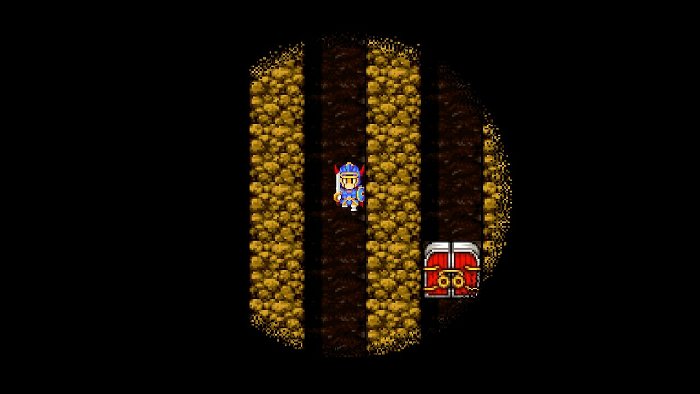
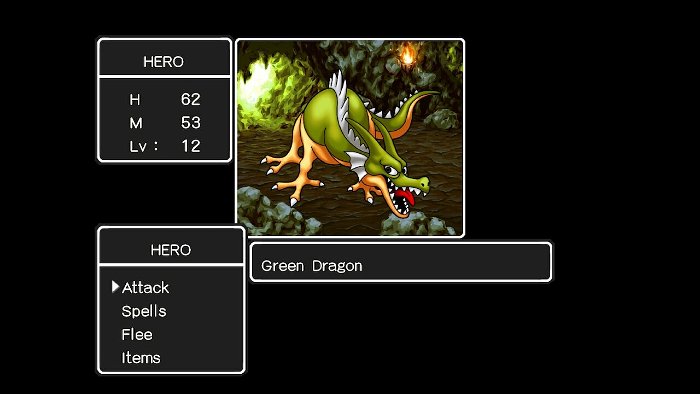
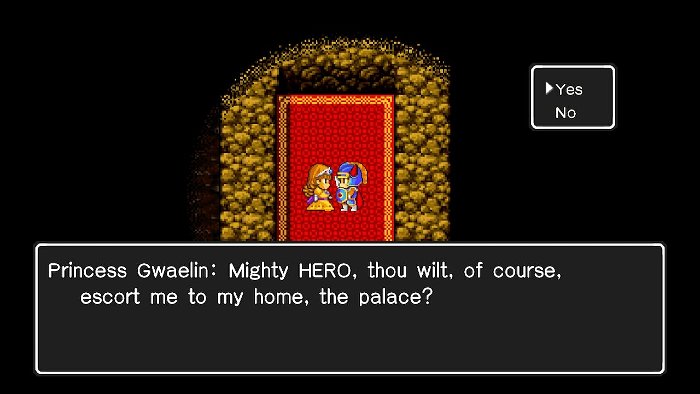
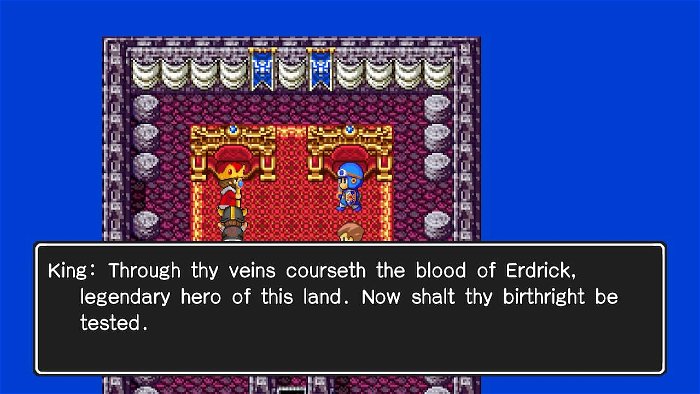
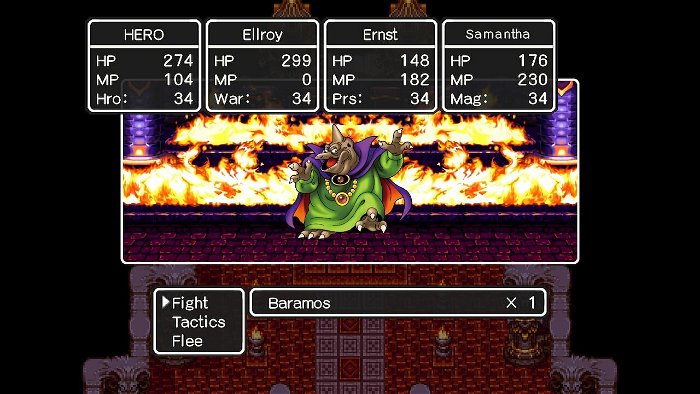
While I’d like to encourage playing through all three of these titles before diving into Dragon Quest XI S: Definitive Edition for maximum appreciation of the latest entry, it would be difficult to push potential fans towards any but the third game without running the risk of turning them off the series altogether. Dragon Quest and Dragon Quest II are like fine art pieces to be looked at in a museum, while Dragon Quest III is the only game in the trilogy that can earnestly stand up next to other JRPGs without appearing dated. Thankfully, each title is being sold at a low-cost point. Even though they’re connected, any game in the trilogy can fully enjoyed without previous knowledge of the others. I’m beyond thrilled to see the original Dragon Quest trilogy finally available on consoles again in the West after so many years, even if these aren’t the most perfect of ports.

